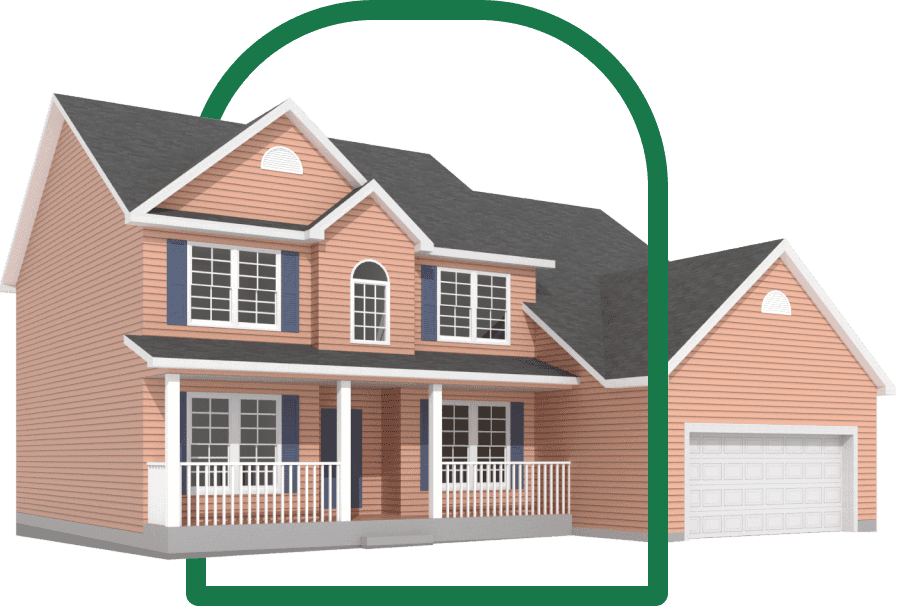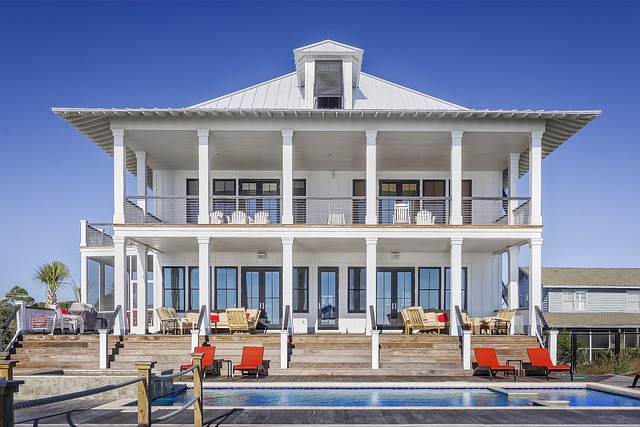
Urban design is a discipline that studies the design and construction of spaces and buildings. It reflects the historical and cultural influences on cities, the way cities develop, and the physical structure of the city. It also includes a branch of architecture that focuses on contemporary architectural practice.
Integrated architectural design is a technology and cultural process that seeks to integrate and materialize disparate elements to produce a unified spatial, environmental, and cultural product. It is an experimental, material and technological process, and it is tied to a history of autonomy. Its goal is the creation of new expressions of contemporary design. It addresses current discourses and emerging aesthetics. This course will teach students about the theory, methods, as well as the processes involved in integrated architectural design.
Students will participate in a few short writing assignments and a research paper during this semester. These assignments will allow students to learn about various aspects of the design process, as well as graphic presentation skills and visual communication. These assignments will help students build their confidence in their ability make sound decisions under time constraints. They will be able to communicate and spatially manipulate, as well as gain an understanding of the meaning and intent of the architecture that they design.
This course will examine the physical appearance of European cities today. These cities are currently undergoing major transformations. Some cities become national capitals while others are transformed into traditional representative towns. As the physical environment adapts to the needs of new masses of population, political, financial, and administrative structures also develop. This course examines these changes by looking at the development of cities' physical architecture, as well as the cultural and social contexts which shaped them. Images of these cities will be examined as well.

FAQ
Is there anything I can doto save money on my home renovation?
Doing the majority of the work yourself can help you save money. Reduce the number and frequency of people you hire for the renovation. It is also possible to cut down on the cost of materials during renovations.
How many times should I change my furnace's filter?
The answer will depend on how often your family is going to use your heating system. You might consider changing your filter less frequently if you are likely to be away from your home for extended periods during the cold months. But if you do not often go outside, it may be possible to wait longer between changing your filter.
A furnace filter should last for approximately three months. You should replace your furnace filters every three months.
You can also check the manufacturer's recommendations for when to change your filter. While some manufacturers recommend replacing your filter once per heating season, others recommend waiting until there is visible dirt buildup.
Can I rent a dumpster?
You can rent a dumpster for debris removal after your home renovation. A dumpster can be rented to help keep your yard clean and free of trash.
What should I look for when buying a home?
Make sure you have enough cash saved to pay closing costs before buying a new house. If you don't have enough cash on hand, then you might want to think about refinancing your mortgage.
How do you renovate a house with no money?
These are the steps to follow when renovating your house without spending a lot of money.
-
Make a budget plan
-
Find out what materials are required
-
Decide where you want them to go
-
Make a list of things you need to buy
-
Figure out how much money you have available
-
Plan your renovation project
-
Get to work on your plans
-
Online research is a good idea.
-
Ask friends and family for help
-
Get creative
Statistics
- Most lenders will lend you up to 75% or 80% of the appraised value of your home, but some will go higher. (kiplinger.com)
- ‘The potential added value of a loft conversion, which could create an extra bedroom and ensuite, could be as much as 20 per cent and 15 per cent for a garage conversion.' (realhomes.com)
- Rather, allot 10% to 15% for a contingency fund to pay for unexpected construction issues. (kiplinger.com)
- They'll usually lend up to 90% of your home's "as-completed" value, but no more than $424,100 in most locales or $636,150 in high-cost areas. (kiplinger.com)
- A final payment of, say, 5% to 10% will be due when the space is livable and usable (your contract probably will say "substantial completion"). (kiplinger.com)
External Links
How To
Do you prefer to renovate the interior or exterior?
Which one should I do first?
There are many factors that you should consider when choosing the right project. Most people consider whether the building is new or old. The condition of the roof, windows and doors, flooring, wiring, and other aspects are all important. If the building is new, then there are many different aspects to think about such as the location, size, number of rooms, style, etc.
The roof should be the first thing you look at if the building's age is a concern. If your roof seems like it is about to fall apart, then you should get on with the renovation. Next, you can check if your roof is okay. Next, take a look at the windows. The windows should be inspected for damage or dirt before you do anything else. After that, you can go through all the doors to make sure they are clear of any debris. Then, if everything seems okay, you can begin working on the floors. You want to make sure the flooring is sturdy and solid so it doesn't break no matter how much you walk on it. Now you can start to add the walls. Examine the walls carefully to determine if there are any cracks or other damage. If the wall is in good condition, you can move on to the next step. Once the walls have been checked, you can begin to work on the ceiling. Check the ceiling and make sure that it is strong enough to hold up whatever weight you decide to put on it. Once everything is in order, you can proceed with your renovation.
If the building was new, you will want to inspect the exterior. Take a look at the outside of your house. Is the house well-maintained? Is there any cracks? Does it look good overall? You should fix any exterior problems. You don’t want to make your home look bad. Next, examine the foundation. You should repair any foundation that appears weak. Also, check the driveway. It should be straight and level. It should be smooth and flat. If it isn’t, you need to fix it. Also check the sidewalk when you are checking the driveway. You should replace the sidewalk if it's uneven.
Once you've checked all these areas, it is time to move on the inside. The kitchen is the first thing you should inspect. Is the kitchen clean and well maintained? If it is dirty or messy, you need to clean it up. Next, inspect the appliances. You should make sure that they are in working order and in good condition. If they're not, you can either replace them or repair them. You can then inspect the cabinets. Paint them if they're stained or scratched. If they're in good condition, you can move on to the bathrooms. Here, check the toilet. If it leaks, then you should probably get a new one. If it's just dirty, then you should probably wash it. Next, examine all the fixtures. Make sure they are clean. They should be cleaned if they are dirty. Lastly, check the countertops. If they are chipped or cracked, then you should probably repaint them. Use a sealant if they're shiny and smooth.
Last, check the furniture. Make sure that none of it is missing or broken. If something is missing or damaged, then you should likely find it. You should fix anything broken. Once everything is in order, you can then move on to the next step.